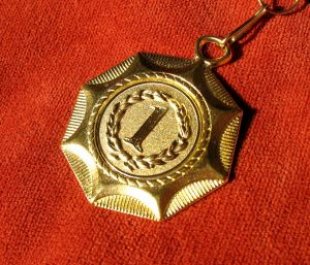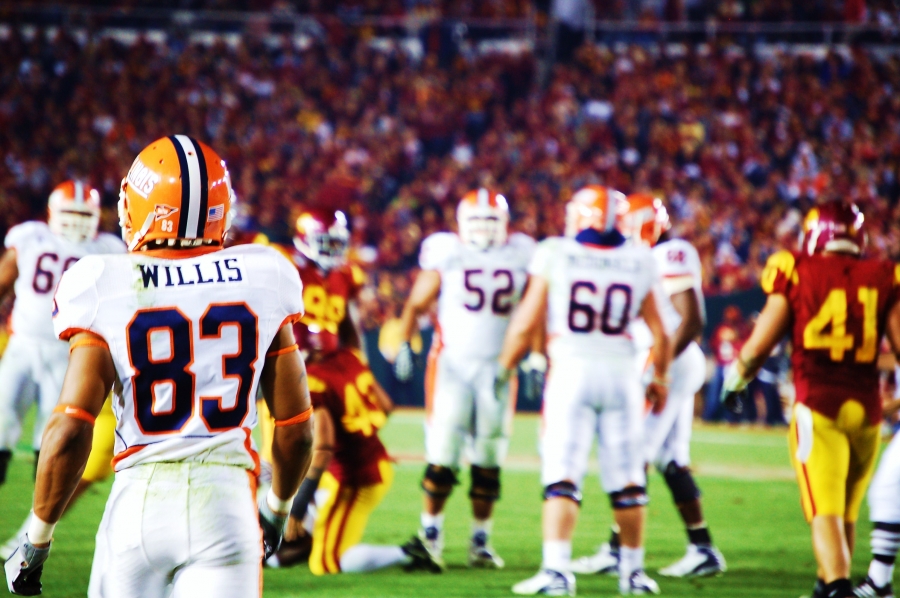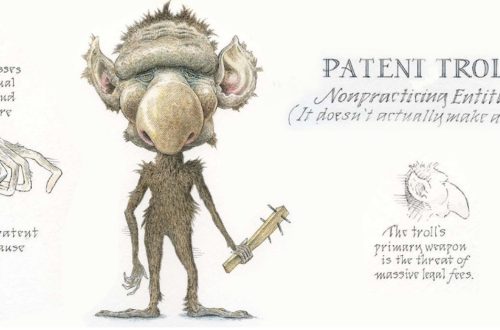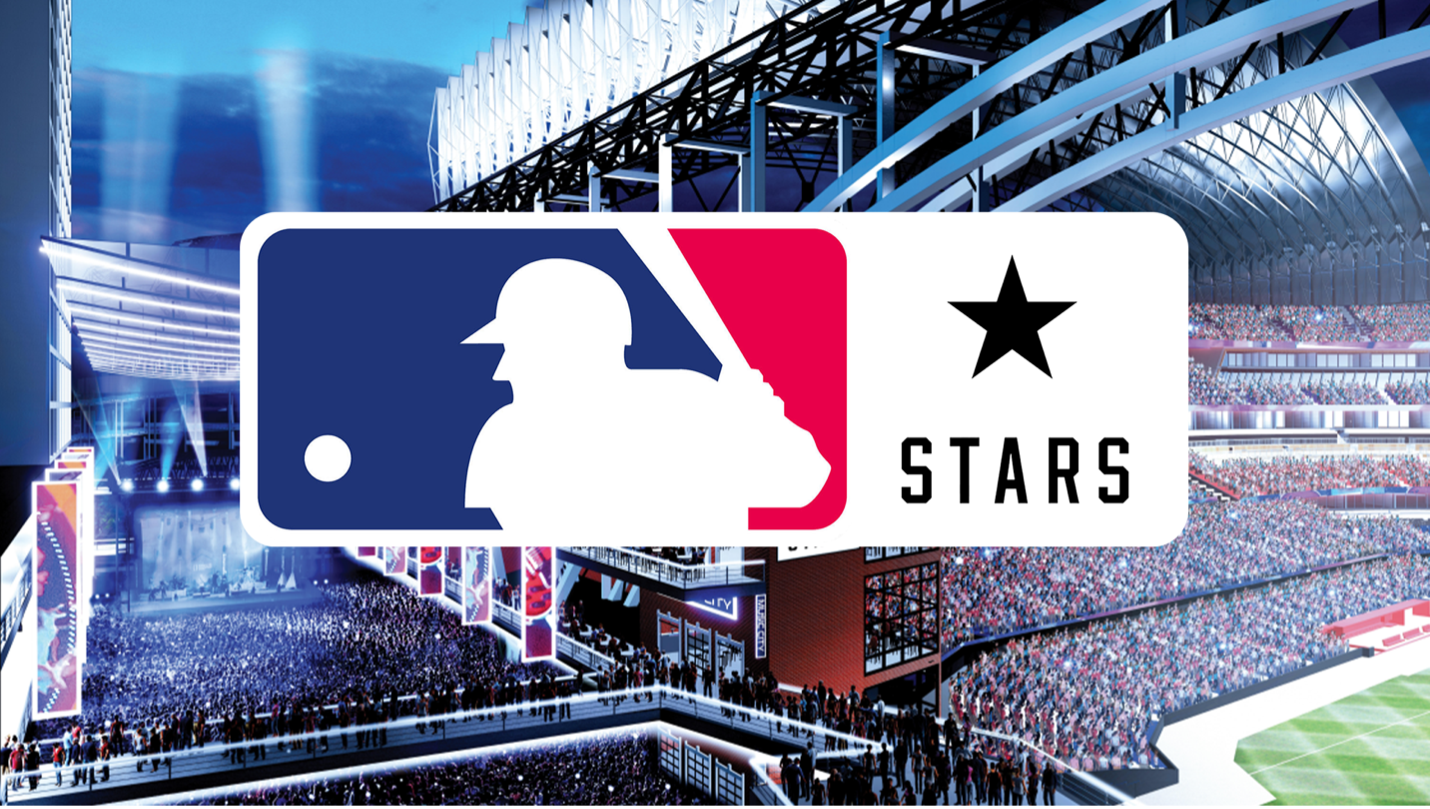By: Andres Chagolla
The joy of running down a football field of fresh cut grass, running the base paths on a newly dragged baseball field, the echo of a basketball being dribbled on a hardwood floor; these are all memories that many athletes across the country can conjure up from when they were young. It was then that we all gained a love and respect for the sports that we played and watched. We were taught to love sports for the comradery we gained, lessons we learned, and of course the fun we enjoyed. Little did we know that during this time some of us were training for a job. A job that would help bring billions in revenue to many colleges and universities around the country, however, would you be paid fairly for your work?
Student athletes put their bodies on the line every day for institutions of higher learning all across the country, yet they are not paid as a regular employee would be. Due to the amount of money that institutions bring in from athletics there has been a wealth of litigation in the past regarding payment for performance as well as using an athlete’s name, image, and likeness in advertising or media.[1] For the many parties who oppose the payment of college athletes they tend to point to the scholarships given to athletes as just compensation for their contributions to a school’s athletic program. However, what happens when the scholarship given is not enough to pay for expenses to attend school? This is still a topic of hot debate, as can be seen by the current case, In re: National Collegiate Athletic Association Athletic Grant-in-Aid Antitrust Litigation, Case No. 4:14-md-02541, in the U.S. District Court for the Northern District of California. In this class action law suit, college athletes are contesting the grant-in-aid (GIA) cap that is placed on scholarship award limits by the NCAA. When this lawsuit was filed, the NCAA limited the GIA for scholarships to tuition, fees, books, and room and board. However, since the filing of this lawsuit the NCAA has changed the rules to allow up to the student’s cost of attendance.[2] As part of their lawsuit the plaintiffs are challenging the NCAA’s restrictions on compensation in the forms of benefits, cash, and in-kind compensation alleging it is in violation of antitrust laws. The purpose of the lawsuit is to allow compensation for the gap between the GIA and the “actual” cost of attendance in which many athletes have to take out student loans in order to cover. The NCAA, and other defendants in the case, recently filed a Motion for Judgment on the pleadings stating the case was precluded by the previous ruling in O’Bannon v. NCAA.[3] The court denied that motion saying, “The Ninth Circuit’s decision in O’Bannon simply forecloses one type of relief Plaintiffs previously sought: cash compensation untethered to educational expenses.”[4] Since the Plaintiffs in the pending suit are seeking other types of compensation that can be tracked to educational expenses, i.e. benefits, cash, and in-kind compensation.
Whether or not “college athletes” are employees, students, athletes, or a combination of some sort seems to be an issue that will not be going away anytime soon. The fact is that many are doing their part in bringing millions of dollars to their respective universities due to their performance in their respective sports. Compensation by scholarship, although viewed by many as justified, does not fully relieve the burden for which they incur during their time in college. They must take out costly student loans in order to pay for many essentials in life that their scholarship does not cover. Beyond that, the argument that a college degree is compensation also fails in many cases such as when athletes leave early to become a professional or have their eligibility denied or scholarship taken away. The eventual conclusion of this case could either open up the possibility of compensating athletes to a fuller extent, or lead to tightening the reigns in which the NCAA, and many educational institutions, have on their workhorses knows as the “student athlete”.
[1] See O’Bannon v. Nat’l Collegiate Athletic Ass’n, 802 F.3d 1049 (9th Cir. 2015) (Holding that the National Collegiate Athletic Association (NCAA) rules prohibiting payment of compensation to student-athletes beyond grants-in-aid had sufficiently significant anticompetitive effect on college education market to support student-athletes’ claim that application of rules to prohibit payments for use of their names, images, and likenesses (NIL) violated Sherman Act pursuant to rule of reason, even if consumers of NCAA football and basketball were not harmed directly by price-fixing, and any NIL compensation that student-athletes might receive in absence of compensation rules would be de minimis; rules fixed price of one component of exchange between school and recruit, thereby precluding competition among schools with respect to that component.)
[2] See In re Nat’l Collegiate Athletic Ass’n Athletic Grant-In-Aid Cap Antitrust Litig., 311 F.R.D. 532, 536 (N.D. Cal. 2015)
[3] O’Bannon v. Nat’l Collegiate Athletic Ass’n, 802 F.3d at 1074
[4] In re: Nat’l Collegiate Athletic Ass’n Athletic Grant-in-Aid Cap Antitrust Litig., 14-MD-2541 CW, 2016 WL 4154855, at *2 (N.D. Cal. Aug. 5, 2016)





